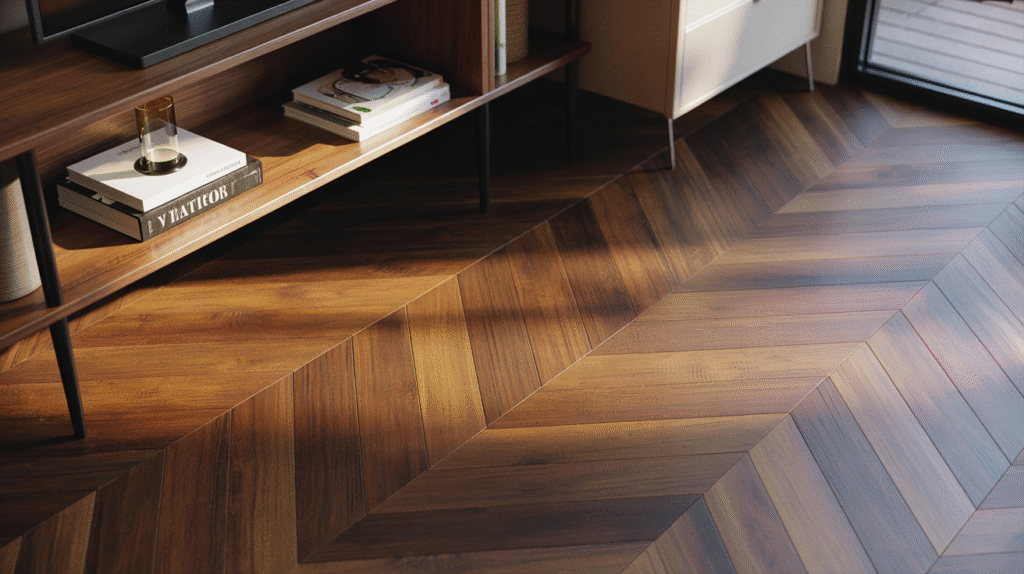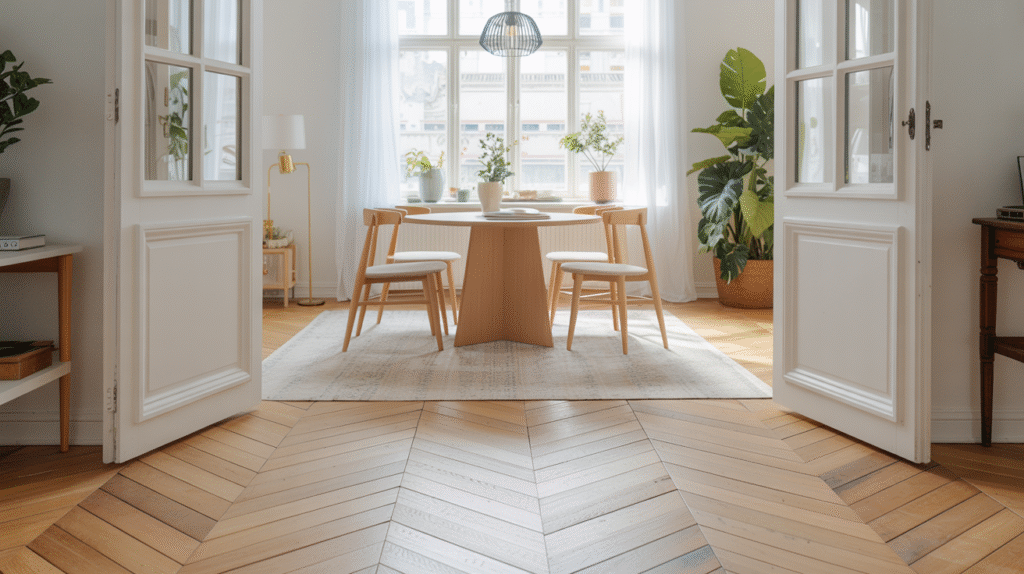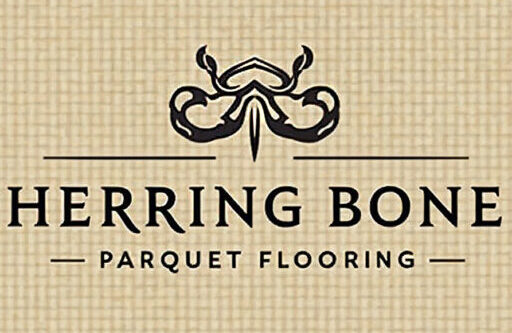
Herringbone floors wood patterns have stood the test of time — blending architectural heritage with modern sophistication. Inspired by ancient Roman techniques and named after the herring fish’s bone structure, this distinctive zig-zag design offers more than visual appeal. It brings structure, texture, and timeless charm to any space, making it a top choice for homeowners seeking both style and substance.
A Complete Guide to Herringbone Floors Wood: Style, Structure, and Benefits
When it comes to classic flooring options that never go out of style, Herringbone floors wood remains one of the most elegant and functional choices. Recognized for its eye-catching zig-zag pattern, herringbone flooring is not just about aesthetics — it also brings history, durability, and versatility into your space. Whether you’re renovating a single room or planning the flooring for an entire home, understanding the structure and appeal of herringbone can help you make the right decision.

What Is Herringbone Flooring?
Herringbone flooring is a type of parquet flooring where wooden blocks or planks are arranged in a repetitive zig-zag pattern. The name “herringbone” comes from the resemblance to the bones of a herring fish. Unlike regular straight planks, this design interlocks at 90-degree angles, adding depth and movement to the surface.
Herringbone can be created using solid wood or engineered wood. Today, engineered herringbone floors wood is increasingly popular due to its enhanced stability and compatibility with modern living conditions, including underfloor heating systems.
The History Behind the Pattern
The use of herringbone patterns dates back to ancient Rome, where bricks were laid in this design to strengthen roads. Over time, the pattern found its way into interior design — especially in grand European estates and palaces. Its decorative yet structured appearance made it a symbol of sophistication. Now, it’s a favorite choice in both traditional and contemporary homes.

Why Choose Herringbone Floors Wood?
1. Timeless Aesthetic
Herringbone flooring is the perfect balance of tradition and modern design. The geometric layout adds visual interest without overwhelming the space. Whether you prefer light-toned oak for a Scandinavian feel or dark-stained wood for a classic look, herringbone complements all styles.
2. Versatility
From small bedrooms to spacious entryways, herringbone adapts to any room. You can even enhance the design by using borders or mixing wood tones for added character.
3. Durability
Engineered herringbone floors wood options consist of multiple layers, making them more resistant to humidity and temperature changes than solid wood. This means they’re ideal for kitchens, living rooms, and even conservatories.
4. Increased Property Value
Homes with quality wood flooring often command higher resale values. Herringbone’s luxurious appearance can serve as a selling point for potential buyers.
Herringbone vs. Chevron
People often confuse herringbone with chevron. While both use angled planks to form a pattern, their structure is different:
- Herringbone: Planks meet at a 90-degree angle, creating a staggered zig-zag.
- Chevron: Planks are cut at a 45-degree angle to form a continuous “V” shape.
Herringbone offers a more dynamic and textured look, while chevron feels sleeker and more modern.
Timber Choices for Herringbone Floors
Choosing the right wood species is essential for achieving the look and performance you want. Popular options include:
- European Oak: Known for its durability and neutral grain, oak suits various finishes.
- Walnut: Rich in color, walnut brings warmth and depth to interiors.
- Australian Hardwoods: Ideal for high-traffic areas, offering strength and bold natural tones.
Each wood type affects the final look, so consider samples before deciding.

Installation and Maintenance
Installing herringbone floors requires precision, especially for tongue-and-groove systems. It’s best to hire professionals for proper alignment and lasting results.
As for maintenance, these floors are easy to care for:
- Use a vacuum or soft broom to remove dust.
- Clean with wood-safe products — avoid excess water.
- Place rugs in high-traffic areas to protect the finish.
With the right care, your herringbone floors will stay stunning for decades.
Final Thoughts
Herringbone floors wood combines the elegance of classic design with the practicality of modern construction. Its rich history, visual appeal, and long-term durability make it a top flooring choice for any home. Whether you’re looking to add charm to a new build or restore the grace of a historic property, herringbone delivers lasting beauty and timeless sophistication.
